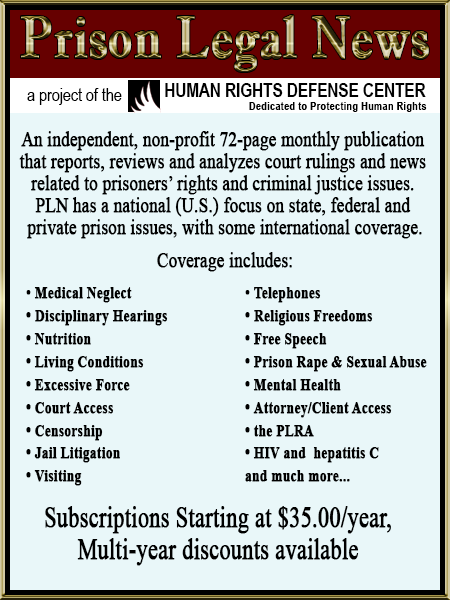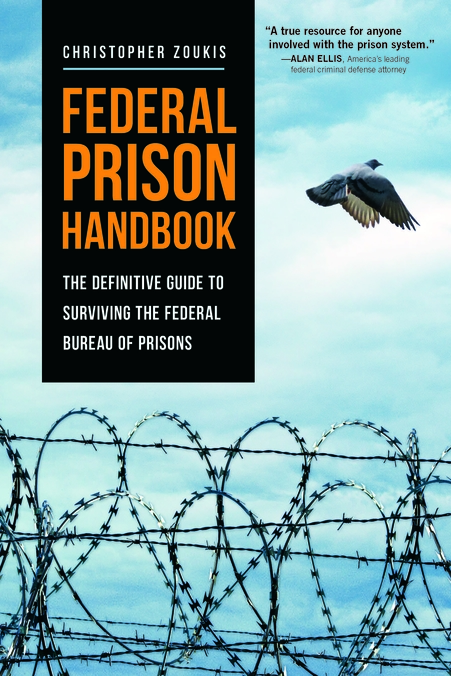Aggressive NYPD Police Tactics Spreading COVID-19
Like a scene out of Will Smith’s movie, Legend, one of the most iconic visual images during the New York City lockdown in the wake of COVID-19 is a photo of a lone policeman on horseback patrolling a deserted downtown street. Juxtaposed to that image is a different scene further uptown of three NYPD officers aggressively infiltrating a crowd of partygoers where no one, police nor patrons, is wearing a mask. The complex reality of this unusual setting is that some people, intent on returning to normal life, may begin to clash with police in defiance of social distancing, resulting in a risk of COVID-19 exposure on all sides of the equation.
Toward the end of March 2020, NYPD officers began to step up enforcement policies as social distancing became the catchphrase for a new order of compliance in the city. It began in Brooklyn when three individuals were arrested for failing to “socially distance themselves.” The violators were charged with obstructing governmental administration, unlawful assembly, and disorderly conduct. One of the perpetrators, a female, was ultimately thrown in jail for 36 hours with two dozen other female prisoners and all without masks, soap, or distancing protocols.
These infractions were followed by New York Governor Andrew Cuomo’s announcement threatening to make social distancing guidelines “a law.” New York City Mayor Bill de Blasio proclaimed that gatherings in groups “of any size” or failing to keep six feet away from each other could result in police action. Both politicians called upon the NYPD to step up its enforcement, and Cuomo went as far as to demand, “The NYPD has to get more aggressive. Period.”
With any police action, there is almost always interaction. Police are usually the first responders on scene, and the first to make “physical contact” with that individual or group for whom they have been called upon to respond. With an obligation to infiltrate any non-compliant group failing to properly social distance, police intervention could quickly escalate into physical and possibly violent interactions. “It’s basically just setting up police encounters, and any police encounter does have some potential to escalate,” suggests Jennvine Wong, a staff attorney at Legal Aid’s Cop Accountability Project. “One of the failings right now,” she asserts, “is the NYPD has not been communicating very clearly to the public what their role actually is in policing during this time.”
As of April 3, 2020, it was estimated that more than 1,400 NYPD employees, including more than 1,000 police officers, have tested positive for COVID-19, and that was early in the epidemic. Today, that number has increased dramatically. According to TheIntercept.com, the department’s overall infection rate back in early April, 2020 exceeded 3.8 percent – far higher than the city’s overall 0.5 percent, which would suggest that the public is at greater risk of exposure from NYPD than NYPD may be from the public.
One problem may be the fact that NYPD officers, although issued an equipment belt and a bullet-proof vest, have not been equipped to protect themselves from COVID-19 exposure. The Police Benevolent Association, the largest police union in the city, filed a complaint accusing the department of failing to issue officers personal protective equipment (“PPE”), including masks and gloves. Although PPE have only recently been made available to frontline officers, city police are still obligated to patrol closely together, to restrain suspects, and to physically accompany individuals following an arrest.
There also exists a cumulative effect on outside communities should an officer be exposed to the virus. It is estimated that nearly half of NYPD officers travel from and return to communities where they live outside of city limits. According to Alex Vitale of Policing and Social Justice Project at Brooklyn College, “The police are themselves both at risk of getting sick and at risk of spreading the disease.” This concern first came to light when it was determined that guards at local, state, and federal prisons were being exposed to COVID-19 then becoming vectors of the contagion upon returning to their home and community.
With new social distancing laws in place, enforcement has its costs. Josmar Trujillo, a community organizer in East Harlem, is concerned that “police can come and escalate and make things worse.” Trujillo points out that there exists disproportionate enforcement within poor neighborhoods and communities of color. He has witnessed NYPD raiding block parties, unplugging DJ events, and even removing the hoops from city basketball courts. Trujillo describes a more significant issue in assessing this compliance breakdown. He comments, “If I just looked out my window, the only semblance of government that I would see would be the NYPD. You don’t see Health Department officials out here. You don’t see people sanitizing public spaces like they did in China. It’s a ghost town except for the police.”
NYPD has long practiced a form of law enforcement known as the “Broken Windows Policing” – a concept of remaining vigilant and addressing even the smallest infraction within a crime-ridden area so to “keep up appearance” and to instill a sense of partnership between police and community. Along with constant vigilance, this policy, unfortunately, requires enforcement and arrest. In following with the “Broken Windows” initiative, police in New York have attempted to continue to execute low-level arrests in the midst of this global pandemic. One individual was approached for playing loud music, then subsequently arrested upon discovery of a 10-year-old warrant for spitting.
In the wake of a global pandemic, “each arrest,” Wong suggests, “puts any agency personnel involved, police and corrections officers, court staff, and other arrestees at risk ... because we don’t know who has it and who doesn’t.”
As a digital subscriber to Criminal Legal News, you can access full text and downloads for this and other premium content.
Already a subscriber? Login





